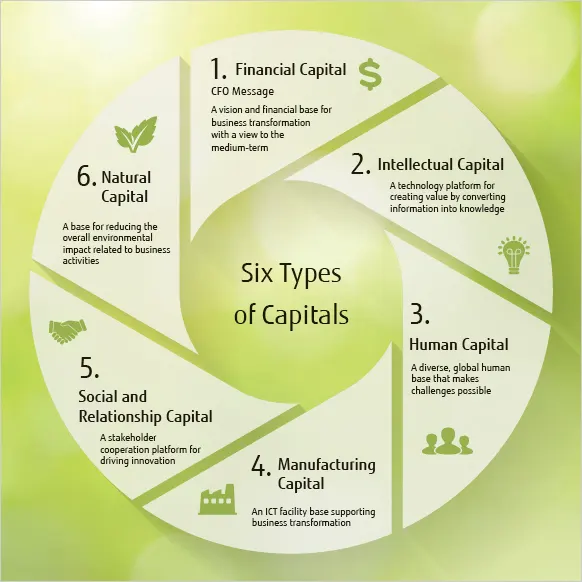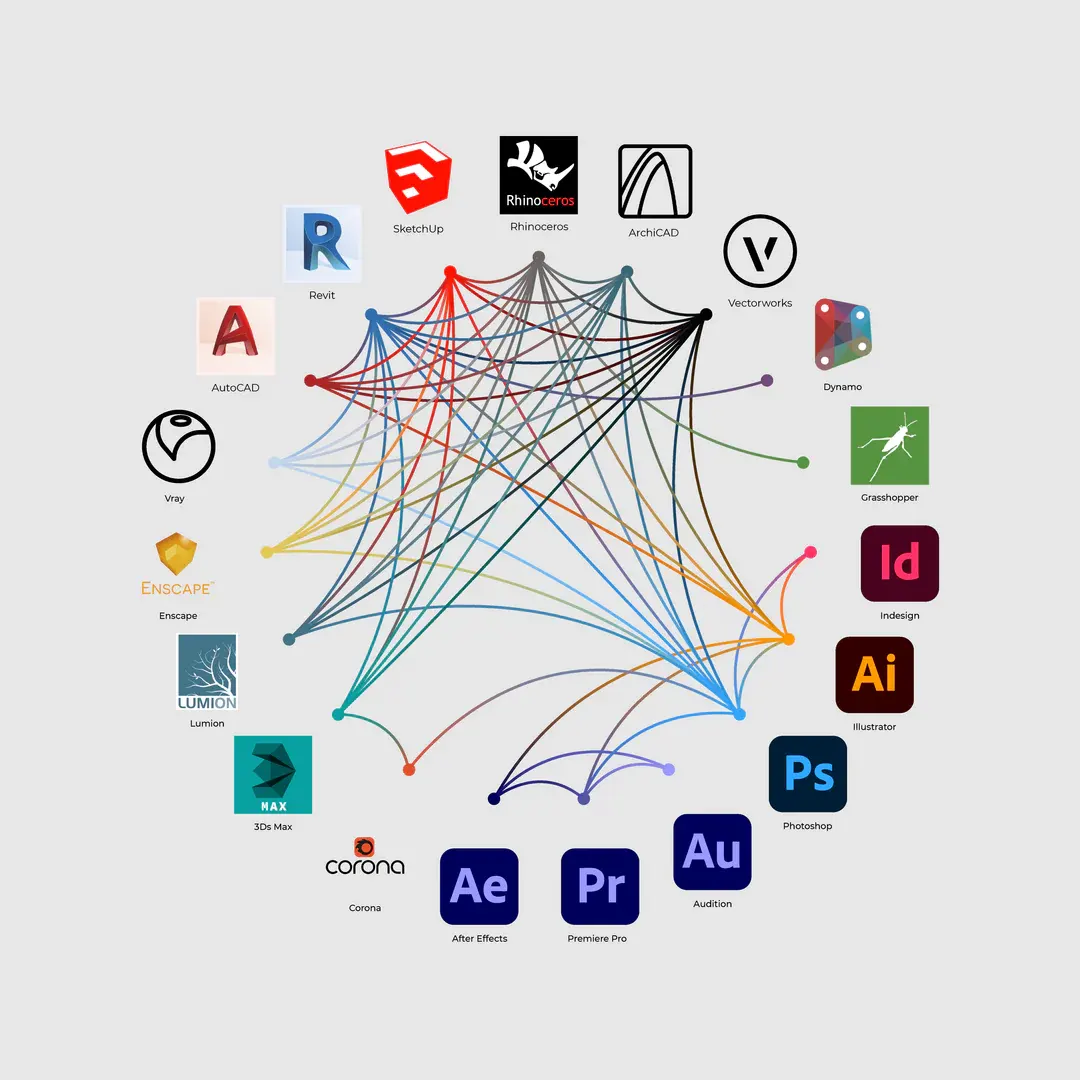Design Manager Design Management Plan firm capital & ICTs balance is the Eighth article of a series of articles about design management in architecture practice. I have discussed in the previous articles what is design management, who is the design manager in practice, what a project or firm design management plan, what are the key functions of the design management plan in practice, what needs to be managed in a firm in practice, and this article is the third article on building and writing a design management plan.
Architecture firms around the world want to balance in their operations two operative characteristics firm capital and the use of ICTs (information and communication technologies). Firms, depending on their scale, size, and types of service they provide, has also different types of systems. This system become bigger and includes the use of various ICTs that require more capital.
The amount of work that members of the design team work on can create burnout and stress. These two psychological characteristics create damage to members of staff and reduce the amount and quality of work produced in the firm.
According to academic and professional publications firm’s capital is divided into four categories:
Human Capital: Knowledge and talent of employees.
System Capital: Firm’s process and documentation held in the past projects on a database.
Customer Capital: the value of a firm’s relationship with clients.
Collaborative Capital: is the shared knowledge between collaborating organizations.
In practice large to small size firms consider in the employment process employing people with sufficient knowledge, academic qualification, and expertise that fit their needs and future development plans (Human capital). Every firm uses certain processes to accomplish their design work and use their documentation and project directories efficiently based on their expertise in handling the design management of the previous work and ongoing work (system capital). All, without any exception, firms in the world focus on and consider client satisfaction as the base for business success and the fuel for firm continuity. Firms through the owner keep excellent relationships with their clients to get more projects for their firm (customer capital). Small firms provide assistance to their employees in professional development training, and they participate in providing knowledge to others either through university seminars or engineering or architects unions and bodies. In larger scale firms they provide support for development in training on a continuous basis based on studied programs that include all employees (collaborative capital). See Figure 1, Fijusto types of firm capital that are similar to the above.

The design management plan must focus on client satisfaction and their positive evaluation of the firm providing the service. Large to small firms have similar capital that fits their needs. Large firms have more capacity to provide more work when the client is not satisfied with the work submitted and the firm service. Customer capital is the key to the firm’s success and smooth operations and growth if planned for it. The firms regardless of their size are similar in holding the same capital for that the gauge of the firm strength is the customer capital and how it is managed. If the customer capital is not managed properly the firm will not get more projects and that will cause the company to decline to provide consultancy and architecture services. Customer capital and its good management are the key to providing a flow of funds for the firm operations and its continuity.
The design management plan to focus, when considering capital, on the proper type of communication with clients throughout the project lifecycle, paying attention to clients in any meeting and progress meetings, allocating high-level staff members to communicate and attend meetings, responding to client needs and concerns positively, and providing the agreed quality of work as per the project timeline.
The use of ICTs in architecture and consultancy firms Includes:
Core/ process wide / techniques that include Programming packages, spreadsheets and presentation applications, electronic data interchange, Project extranets, 2D & 3D Modelling Tools, integrated databases, intranet applications, Project and management systems, onsite communication & management tools (PDAs)
Supporting tools and techniques computer-aided planning programs, decision support tools, virtual reality tools, sketching programs, risk analysis applications, building information modeling, and video conferencing. See Figure 2, types of ICTs the design business.

In practice regardless of the size of the firm and the type of services they provide they use and hold the same ICTs. However, the reality of operations and design management is that the firm focuses when building a design management plan on first, the risk of taking a project, and that depends mainly on consultancy fees. I have managed several projects in practice and the consultancy fees are the main factor that a firm takes into consideration when taking a project. The design management plan builds a registry or database of the size of the project and the allocated fees that cover the project cost that comes from previous work experience or analyzing how much staff is required, time to finalize, how much outsourced work is involved, and how much money is used to use programs and software. The firm does not, in practice, look into how many talented people they have, how the system is used, or who will be involved in the project work in terms of outsourcing when they are asked to bid for a consultancy price but visit their database of information of the fees for a similar project. No firm takes a job that has a high risk and might lose upon completion. Risk analysis in the design management plan focuses on the fees calculated for every project. The design management plan must include a database of project sizes and the covering fees based on a concrete analysis of the factors mentioned above.
Second, the design management plan, for any firm size, must focus on the method to accomplish design work as per the allocated time length. Firms upgrade their system and inform their employees of this upgrade like using REVIT instead of ACAD in the design process. Software and program usage provide more flexibility in accomplishing firm work on time. The design management plan must include what type of software to use in every stage of the design process of any project based on an analysis of how much time this software or another could finalize work when used by an employee.
Third, another major factor for consideration in building and writing a design management plan is how communication is conducted and how data and production works are transferred between staff members till the project completion date. The only difference is that large-scale firms that have departments movement is not preferred so communication is conducted by internal software like TEAMS by Microsoft. The use of this software and similar ones makes communication easier, and data transferred easily without wasting time and the requirement for more space and time for internal meetings.
The design management plan in reality and practice, when considering ICTs usage, focuses on the three major factors that a project reaches its final milestone and accomplishment date. First, Analyze the risk of taking a job (fees). Second, Time allocation and method to accomplish work on time. Third, the method of communication and data and work production transfer.
[…] Design manager: Design management plan firm capital & ICTs balance […]
[…] Design manager: Design management plan firm capital & ICTs balance […]
[…] Design manager: Design management plan firm capital & ICTs balance […]
[…] Design manager: Design management plan firm capital & ICTs balance […]